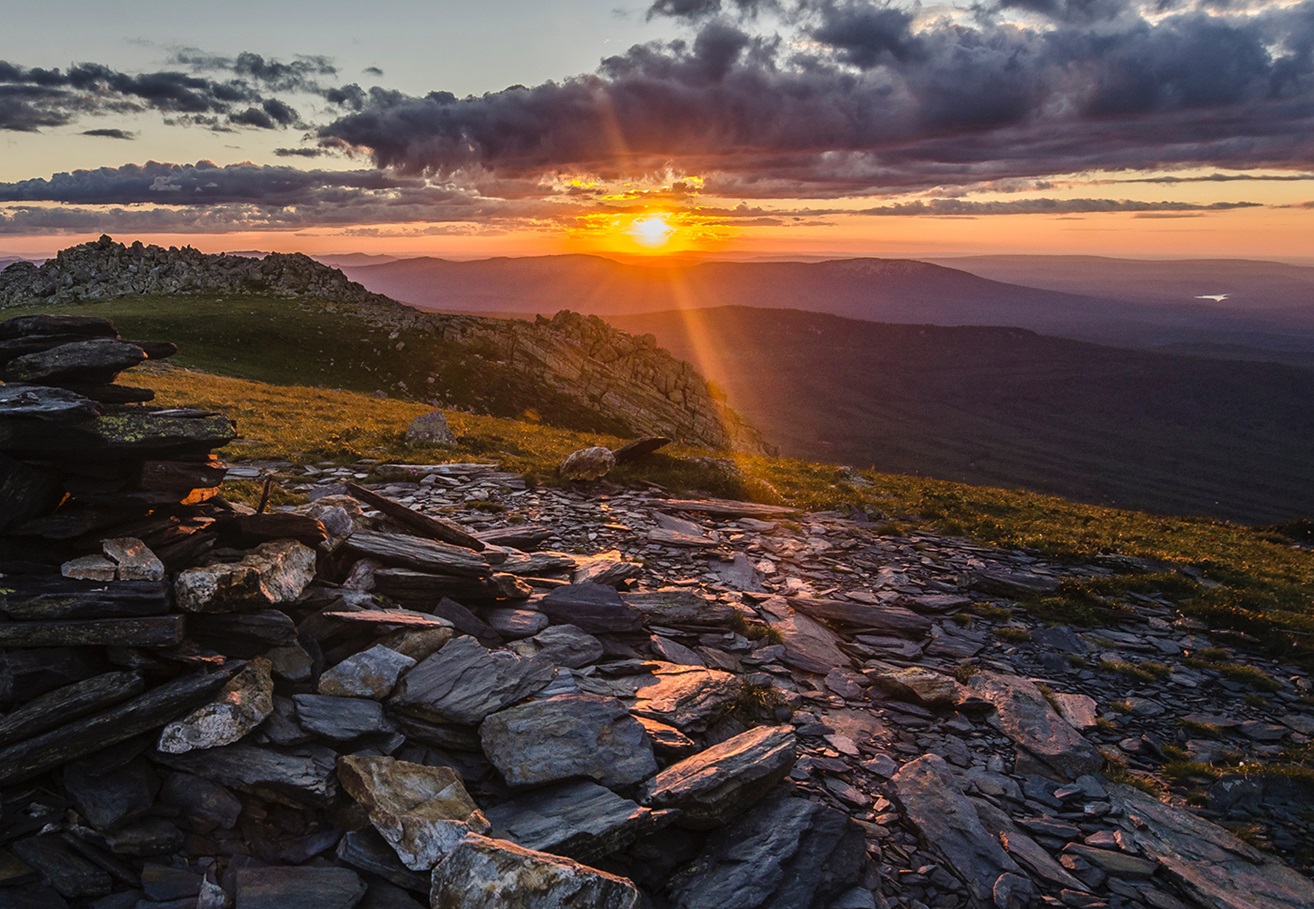Earth and Space Science and Hydraulic Fracturing
Sound, reliable science is needed to address concerns with hydraulic fracturing and develop more sustainable solutions for oil and natural gas production. The American Geophysical Union and its network of Earth and space scientists are committed to:
-
Studying the geophysical and environmental effects of hydraulic fracturing
-
Investigating ways to reduce the impacts and help develop more sustainable methods
-
Educating the public
The United States is the world’s top natural gas producer; in June 2015, the U.S. was producing 89.5 billion cubic feet of natural gas every day.
Hydraulic Fracturing and the Environment
Natural gas is a growing energy source that produces fewer greenhouse gases than coal, oil and other fossil fuels. Burning natural gas results in about 71% less carbon dioxide emissions than coal and roughly 37% less than petroleum products.[1]
However, natural gas production through hydraulic fracturing does not come without some environmental concerns, which continue to be studied:
-
Demand for water resources—A U.S. Geological Survey study found that water usage at hydraulic fracturing wells varies widely across the country. The authors wrote these regional differences in water use “relates to the potential for environmental impacts such as water availability, water quality, wastewater disposal, and possible wastewater injection-induced earthquakes.”[2]
-
Water contamination—Chemicals found in untreated wastewater used for hydraulic fracturing may work their way back into the environment.
-
Man-made earthquakes—U.S. Geological Survey research has shown that hydraulic fracturing may be linked to earthquakes across central and eastern regions of the United States.[3]
-
Methane leaks and increased methane emissions—Studies have found substantial methane emissions from natural gas facilities.[4] Leaks from oil and natural gas production processes accounted for about 29% of U.S. methane emissions but only 2% of total U.S. greenhouse gas emissions.[5]
Hydraulic Fracturing, Natural Gas, and Industry
The U.S. is the world’s top natural gas producer; in June 2015, the U.S. was producing 89.5 billion cubic feet of natural gas every day.[6] In 2015, hydraulically fractured wells produced 67% of U.S. natural gas.[7]
The U.S. currently consumes more natural gas than it produces but is expected to become a net exporter of natural gas in 2020.[8] The natural gas industry in the United States has rapidly expanded in recent years. In 2011, the oil and natural gas industry contributed 9.8 million full—and part-time jobs and accounted for $1.2 trillion or 8% of the U.S. gross domestic product.[9]
References:
[1] U.S. Energy Information Administration (EIA), “Natural Gas Explained,” http://www.eia.gov/energyexplained/?page=natural_gas_environment
[2] Gallegos, T. J., B. A. Varela, S. S. Haines, and M. A. Engle (2015), Hydraulic fracturing water use variability in the United States and potential environmental implications, Water Resour. Res., 51, 5839–5845, doi:10.1002/2015WR017278.
[3] Petersen, M.D., et al., 2016, “2016 One-year seismic hazard forecast for the Central and Eastern United States from induced and natural earthquakes: U.S. Geological Survey Open-File Report 2016–1035” http://dx.doi.org/10.3133/ofr20161035.
[4] National Aeronautics and Space Administration, “Methane Matters,” http://earthobservatory.nasa.gov/Features/MethaneMatters/
[5] U.S. EIA, “Natural Gas Explained.”
[6] U.S EIA, “Monthly Crude Oil and Natural Gas Production,” http://www.eia.gov/petroleum/production/?src=home-b6&src=home-b1.
[7] U.S. EIA, “Hydraulically fractured wells provide two-thirds of U.S. natural gas production,” May 2016. http://www.eia.gov/todayinenergy/detail.php?id=26112
[8] U.S. EIA, “U.S. Energy Outlook for IEA Bilateral Meetings 2013,” http://www.eia.gov/pressroom/presentations/sieminski_03142013_iea.pdf.
[9] American Petroleum Institute, “Economic Impacts of the Oil and Natural Gas Industry,” https://www.api.org/~/media/Files/Policy/Jobs/Economic_Impacts_ONG_2011.pdf
